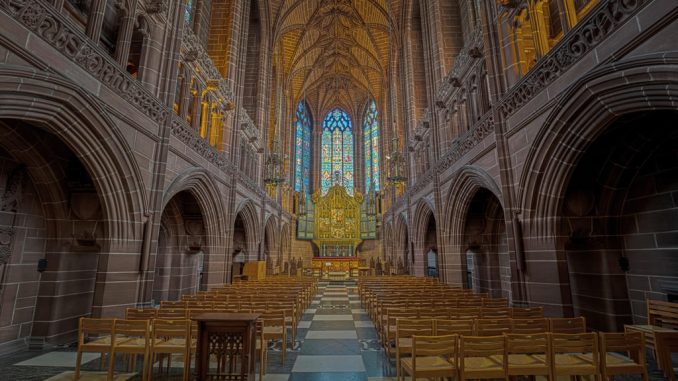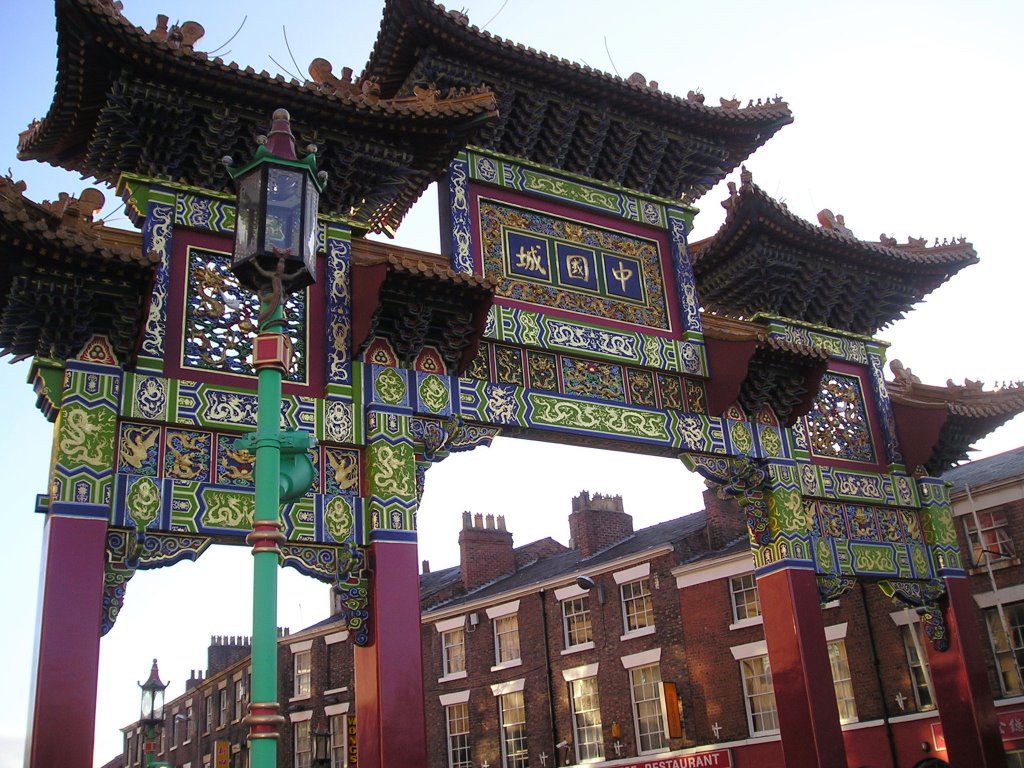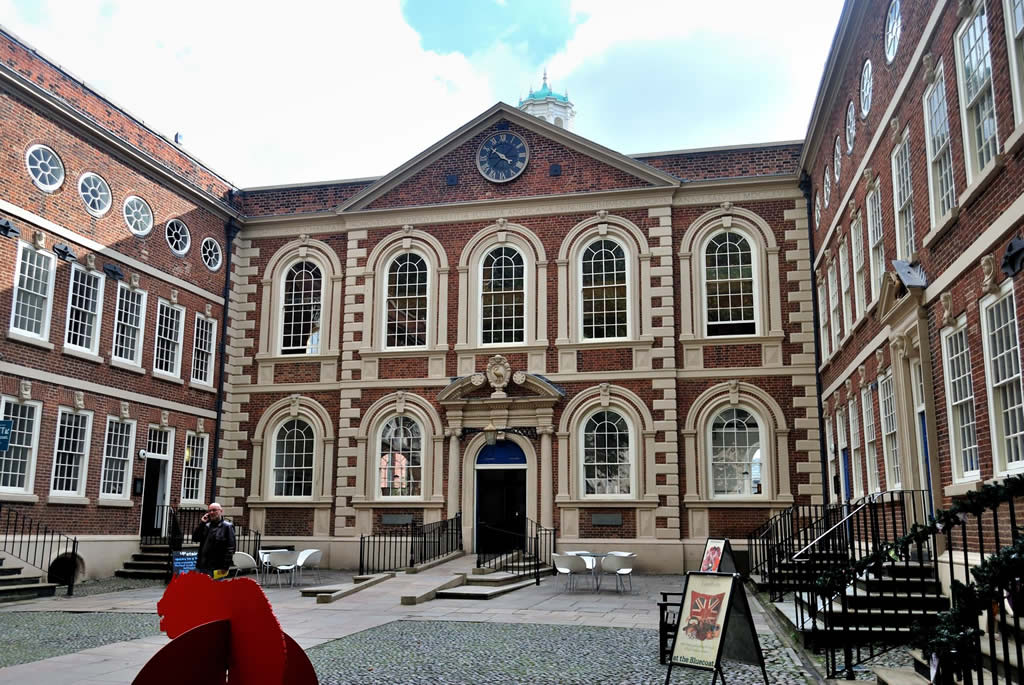
Entering Liverpool Cathedral, one really gets a sense of the history of this fine building. Every year it proves to be one of the top attractions in the city. Not only this, but it is one of the most recognizable of Liverpool landmarks and a top venue for conferences, dinners and other events. The views of the city from the Tower are truly breathtaking. The interactive tour of the cathedral combines a movie with audio to explain the story of each aspect of this fine building in seven languages. A BSL tour is also available on portable DVD for the hard of hearing.

Looking for the biggest Imperial Arch outside of China? You may be surprised to find it in Liverpool. This awe-inspiring tribute to the annual Chinese New Year, which features a pair of bronze lions, 200 dragons and five roofs, was originally constructed in pieces in Shanghai, before being brought over to Liverpool and painstakingly rebuilt in accordance with Feng Shui ideology. This is the impressive result of years of team building by the Liverpool Chinatown Business Association, Liverpool Rope Walks, Liverpool Chamber of Commerce and Liverpool City Council, and is a fine example of what can be achieved when people of different cultures work together. It is 15 metres high and is the full width of Nelson Street (where it stands), so getting it to fit into the viewfinder may be a challenge if you don’t have a decent camera.

The Bluecoat is amongst Liverpool City’s most recognisable buildings and dates from the early 1700s. This Grade 1 and UNESCO world heritage arts centre is a popular host of concerts, dance performances and readings, as well as much, much more. It also operates as a base for small companies and a workshop for artists. It is where people can have fun bouncing ideas off each other, as well as inspiring others and being inspired. The Explore programme of events for all the family encourages a life long interest in culture and the arts in children.
Check Here for Accommodation in Liverpool

Speke Hall dates from the early 16th century, but over the centuries various alterations and additions were made, so the various sections now date from a range of periods. The Great Hall and priest hole were built during the years of the Tudors. Other rooms such as the Oak Parlour are from the Victorian period. Jacobean furniture and plasterwork are also on show. There is a working Victorian kitchen and servants’ hall, giving visitors an idea of what life was like during this era.

St. George’s Hall has a lot of superlatives to its name – many experts call it the world’s greatest neo-classical building, while it is the proud owner of Europe’s biggest tunnel vaulted ceiling, at a length of 51.5 metres and width of 22.5 metres making it one of the top Liverpool landmarks. Meanwhile, its brick arch, embellished with gold leaf, is one of the world’s best. The only building with a larger concert organ is the Albert Hall – the instrument at St George’s Hall boasts 7000 pipes. Need any more reasons to visit? Well, it is home to an amazing Minton floor, which features 30,000 mosaic tiles.




